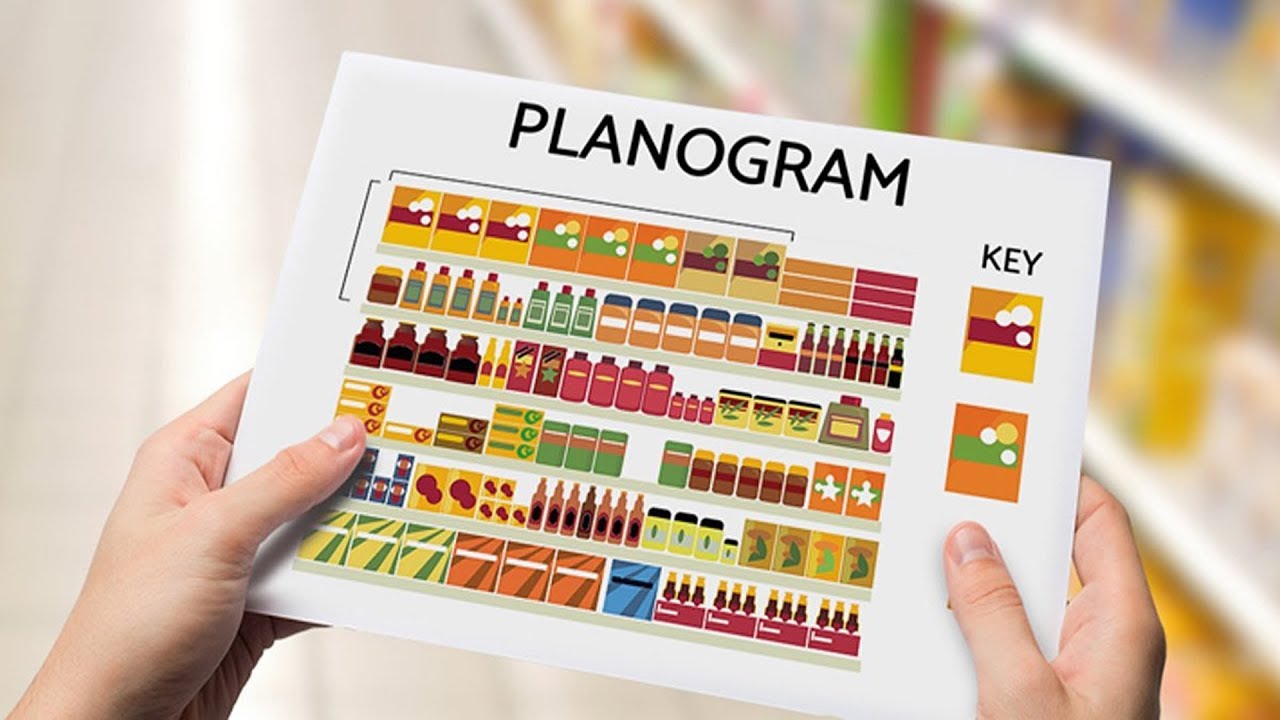

When you use a planogram in your visual merchandising planning process, you’re able to collect data about how products and displays work. There are many benefits to using a planogram for planning out your store layout and they generally fall under two overarching advantages: maximizing sales and space.

The details provided in the planogram show them exactly where to place each stock-keeping unit (SKU) and how many facings should be displayed for each. It can take the form of a diagram or draw on paper, or, increasingly, it’s likely to be a digital rendering displayed on a tablet or smartphone.Ī retail sales merchandiser consults the planogram in-store, using it to ensure a manufacturer’s products are displayed appropriately and attractively. The planogram takes into account buying data, sales trends and consumer behavior. They’re especially useful for big-box retailers or grocery stores that carry many products (and product categories) from a multitude of suppliers and have a lot of space to fill.įor instance, grocery stores have to know whether a product will fit on a certain set of shelves, which is where the level of detail included in a planogram is crucial.Ī planogram is usually created by a visual merchandising employee or a member of the advertising, marketing or sales team. In addition to being a visual representation of your store’s aisles, displays and point-of-sale a planogram will show you exactly where specific products are placed.Ī planogram is by no means the end-all, be-all solution to your visual merchandising needs. Planograms are detailed drawings of your store layout with special attention on product placement. What is a planogram?Ī planogram is a visual merchandising tool. Planograms help retailers plan the use of their space and gather data to help them make smarter merchandising choices that drive in-store sales. From determining how to plan the footpath for customers to which product displays go where, effective use of physical space is fundamental to any brick-and-mortar retailer’s success.


 0 kommentar(er)
0 kommentar(er)
